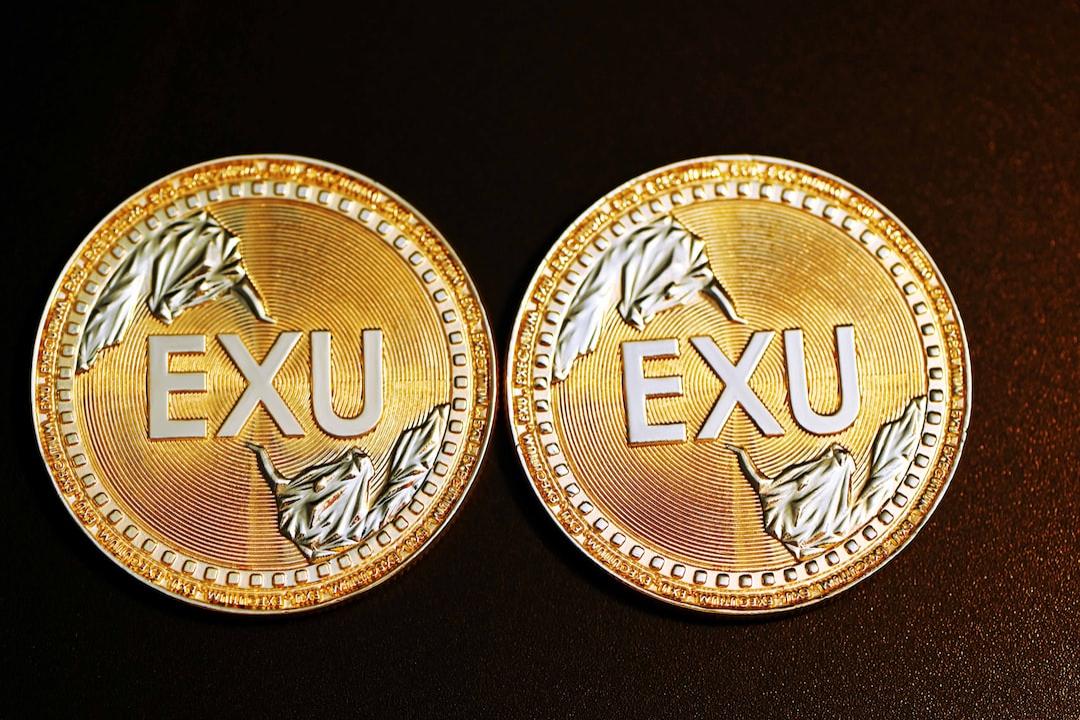“Virtual-Physical Integration: Present or Future?”
Legitimate, a leading virtual-physical integration technology company, has already launched over 20,000 virtual-physical integration products in the United States. It has successfully helped brands enter the world of Web3. Legitimate’s partners include renowned sports brand Puma and international fashion brand Ambush, making it a prominent player in combining physical goods with Web3 experiences.
Despite the current low level of discussion surrounding Web3 compared to the bull market of 2-3 years ago, Legitimate still believes that virtual-physical integration is the future. But what exactly is virtual-physical integration?
The key lies in the NFC chip called “LGT Tags” introduced by Legitimate. This chip connects physical products to the Web3 world. According to Daniel Duan, the CTO of Legitimate, LGT Tags can be provided to brand partners and integrated into physical goods such as clothing and shoes. When consumers purchase these products, they can scan the LGT Tags, link their wallets, and obtain NFT certificates corresponding to the physical goods. They can also verify the authenticity of the products, view detailed information such as the manufacturing date and blockchain timestamp on Legitimate’s platform.
For instance, in 2023, Legitimate collaborated with Puma and Roc Nation, an American music label, to launch the “Evolution of the Mixtape” virtual-physical integration sneaker series, commemorating the 50th anniversary of hip-hop music. By scanning the LGT Tags on the shoe tongue, consumers can acquire NFTs and unlock exclusive songs and behind-the-scenes content provided by Roc Nation.
LGT Tags not only provide consumers with the ability to verify authenticity but also collect and analyze consumer data. For example, the location of the chip scan can inform brands about where their products are being sold. The scan frequency and interaction frequency can also indicate the popularity of the products, enabling brands to develop more precise marketing strategies.
The interaction between brands and consumers is no longer limited to the traditional “buy and receive” sales model. Through Legitimate’s services, brands can continuously offer consumers new content and discounts through NFTs linked to physical products, creating a deeper level of interactive experience.
So why are brands willing to adopt virtual-physical integration? Daniel analyzes that Legitimate can provide chips that adapt to various product materials and shapes, as well as a professional team to help brands enter the realm of Web3 marketing. Additionally, LGT Tags can verify product authenticity and enable deep engagement in the digital market, which is why traditional brands are willing to give it a try.
Events such as the closure of cryptocurrency exchange FTX have affected the confidence of the industry, especially traditional industries, in Web3 over the past two years. However, as Daniel explains, many brands have started to accept and recognize the concept of Web3 after a year or two. For example, Puma now has its own Web3 department, whereas in the past, they may have been reluctant to venture into the Web3 field. Once misconceptions were cleared, brands began to see the potential benefits of NFT technology.
Furthermore, NFTs enhance anti-counterfeiting measures and serve as digital certificates, further strengthening the authenticity and value of products. It is worth noting that according to new regulations from the European Union, between 2026 and 2030, there will be a significant push for “Digital Product Passports” to record information such as product materials and production history. NFTs, with their unique and transparent characteristics, will play an important role in this, attracting more attention from brands.
However, the biggest challenge for Legitimate in promoting its products lies in the fact that this technology is still too novel for traditional industries. Not everyone is familiar with blockchain technology, and most people have not had any exposure or experience with similar products. Therefore, even communication and explanation within innovative departments of companies can be difficult, as Daniel candidly admits.
In such cases, Legitimate focuses on conveying the value of blockchain technology to potential clients and providing necessary training and comprehensive planning to ensure that brand partners can understand and adapt to the new technology.
What does the future hold for the virtual-physical integration market? Daniel provides his observations on the current situation and future prospects in the retail industry. In Asia, particularly in Japan, people are highly interested in novelty and different experiences. Therefore, creating interesting experiences in both physical and digital spaces is the focus of the local market.
In the United States and Europe, people are more concerned about sustainability, especially the production process, material usage, and transportation methods of products. In addition to the global consumer’s emphasis on product authenticity, consumers in Europe and the United States prefer mechanisms that allow them to verify products themselves, while in Asia, they rely more on professional verification institutions.
“Different regions have different focuses on the virtual-physical integration market, but they all place great importance on product authenticity, sustainability, and digitization,” says Daniel.
In terms of retail applications of virtual-physical integration, there are two main directions. Some stores prefer to bring augmented reality (AR) and virtual reality (VR) experiences into physical locations or stores. Others excel at setting up special thresholds, such as owning specific NFTs, as conditions for limited product repurchases or meet-and-greet events.
Daniel remains optimistic about the future development of virtual-physical integration technology. He points out that many brands have already incorporated NFC and RFID tags into their products for scanning and verifying authenticity. However, currently, these technologies are mostly used internally by brands and not accessible to consumers. “Nevertheless, blockchain unlocks different communication methods between brands and consumers. As more brands start using these technologies and applying them to more diverse products, the virtual-physical integration market will mature further,” analyzes Daniel.
Proofread by: Kao Ching-yuan

